Spice Up Your Life: 7 Wildly Creative Hot Pepper Chicken Chinese Pairings You Need to Try!
If you’re a fan of hot pepper chicken Chinese cuisine, chances are you’ve already fallen in love with the fiery, numbing sensation that comes from biting into a perfectly cooked piece of Sichuan peppercorn-laced poultry. But what if we told you there’s a whole world of innovative spice pairings just waiting for your taste buds to explore?
In this blog post, we’re going beyond the classic recipes and diving headfirst into creative flavor combinations that will not only elevate your next hot pepper chicken dish but also impress your dinner guests. So put on your chef’s hat (or maybe grab some napkins—it might get messy), and let’s explore these exciting new spice pairings together!
Table of Contents
- Why Hot Pepper Chicken Chinese Is More Than Just Heat
- The Science Behind Spice Pairing Magic
- Top 7 Innovative Spice Pairings for Hot Pepper Chicken Chinese
- Pro Tips: How to Execute These Pairings Like a Pro
- Bonus: Flavor Profile Comparison Table
- FAQ: Common Questions About Spicing Up Your Chicken
- Final Thoughts: Let the Spice Experiment Begin!
Why Hot Pepper Chicken Chinese Is More Than Just Heat
When most people think of hot pepper chicken Chinese, they imagine dishes like “La Zi Ji” (spicy dried chili chicken) or Kung Pao Chicken—both packed with heat and depth of flavor. However, the real magic lies not just in the heat, but in how different spices and ingredients work together to create layers of flavor.
Sichuan peppercorns bring that famous mouth-tingling effect, while star anise adds a hint of sweetness and clove gives a deep aromatic note. By experimenting with non-traditional spices, we can unlock even more dimensions of taste and texture.
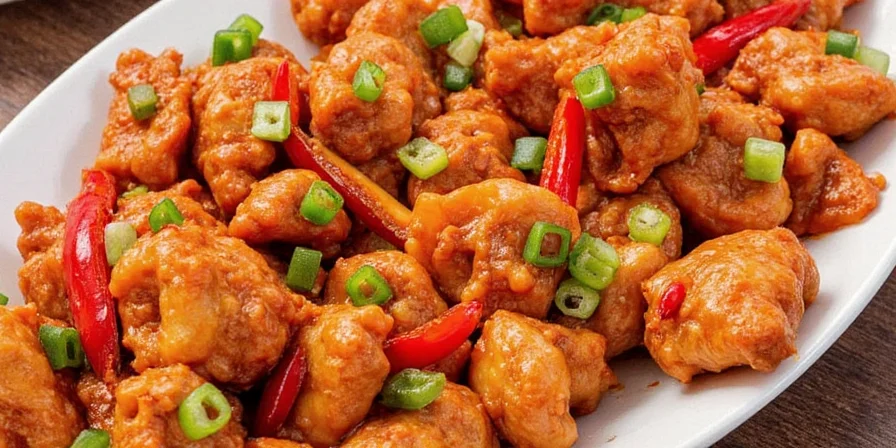
The Science Behind Spice Pairing Magic
Spices don’t just add flavor—they interact chemically with our taste receptors and with each other. The goal of innovative spice pairing is to find combinations that either complement or contrast beautifully without overpowering the main protein—in this case, chicken.
For example:
- Citrus zest can cut through the richness of chicken and balance spicy notes.
- Cumin adds earthiness and enhances the Maillard reaction during cooking.
- Fennel seeds offer a licorice-like aroma that pairs well with roasted peppers.
Understanding these interactions allows us to play around with unexpected ingredients while still keeping things cohesive and delicious.
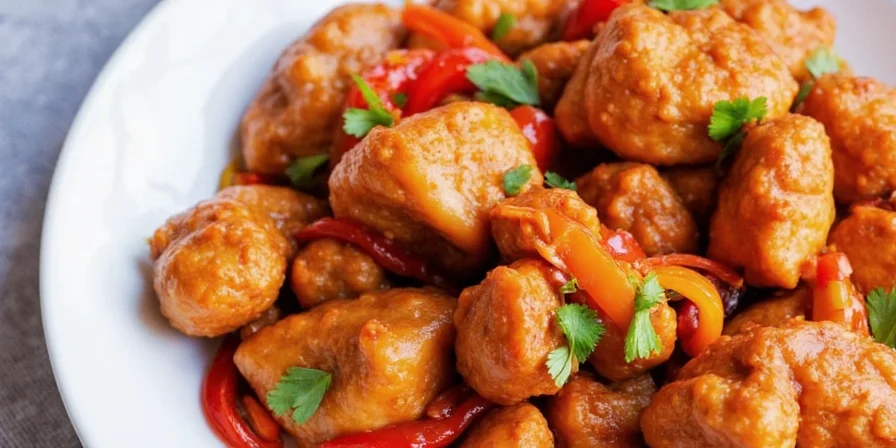
Top 7 Innovative Spice Pairings for Hot Pepper Chicken Chinese
Now that we’ve laid the groundwork, let’s dive into the fun part—the 7 most innovative spice pairings for your next hot pepper chicken Chinese dish:
- Lemongrass + Thai Bird Chili – Bright citrusy flavor meets tropical fire.
- Black Cardamom + Cinnamon – Smoky warmth meets sweet spice.
- Sumac + Aleppo Pepper – Tangy meets mild heat.
- Turmeric + Garam Masala – Earthy and aromatic.
- Paprika + Juniper Berries – Sweet smoke meets forest berries’ piney bite.
- Bergamot Zest + Star Anise – Floral meets licorice magic.
- Miso Paste + Black Garlic – Umami overload with subtle spice.
Each of these combinations brings something unique to the table. Let’s explore each one in detail.
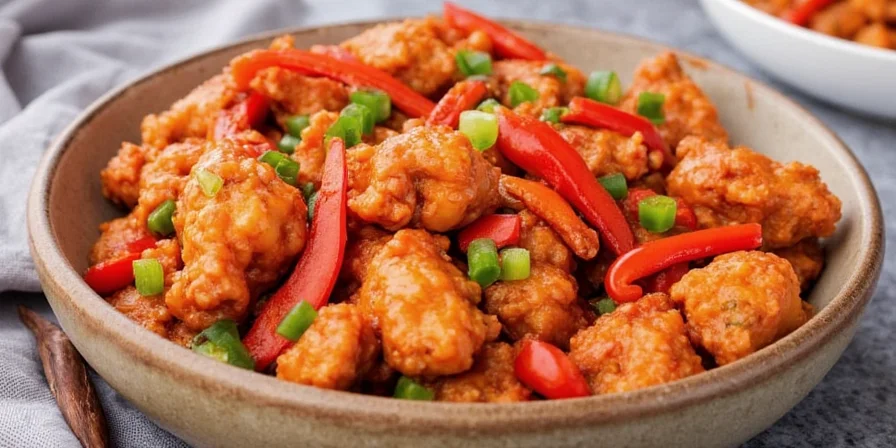
Lemongrass + Thai Bird Chili
Perfect for summer nights or when you want a lighter, more aromatic version of hot pepper chicken Chinese. Lemongrass imparts a refreshing lemon-grass scent, while Thai bird chilies deliver clean, sharp heat.
- How to use: Mince lemongrass and mix with chopped chilies before stir-frying.
- Best paired with: Jasmine rice or cold beer.
Black Cardamom + Cinnamon
This duo brings a bold, smoky-sweet profile that works especially well in slow-cooked hot pepper chicken dishes. Think of it as the winter version of spice pairing.
- How to use: Add crushed black cardamom pods and cinnamon sticks early in braising or stewing processes.
- Best paired with: Braised vegetables or soft noodles.
Sumac + Aleppo Pepper
A Mediterranean twist on Chinese-style chicken. Sumac offers a tangy punch, while Aleppo pepper delivers gentle heat without overwhelming the palate.
- How to use: Sprinkle sumac at the end of cooking; toss in Aleppo flakes during the last minute of sautéing.
- Best paired with: Yogurt-based sauces or pickled veggies.
Turmeric + Garam Masala
This combo adds warmth and depth. Turmeric lends color and anti-inflammatory benefits, while garam masala rounds out the flavor with its complex blend.
- How to use: Mix both into the marinade for best absorption.
- Best paired with: Coconut milk or naan bread.
Paprika + Juniper Berries
Smoky paprika pairs surprisingly well with the pine-like bite of juniper berries. Great for those who enjoy rustic, earthy flavors.
- How to use: Crush juniper berries slightly and toast with paprika before adding chicken.
- Best paired with: Root vegetables or wild mushrooms.
Bergamot Zest + Star Anise
An elegant fusion of floral and licorice notes. Use sparingly, as both are potent. Ideal for special occasions or refined dinner parties.
- How to use: Shave bergamot zest over the dish after cooking; infuse star anise into oil beforehand.
- Best paired with: Light broths or white wine.
Miso Paste + Black Garlic
Deep umami lovers, rejoice! This combination is rich, savory, and deeply satisfying. Perfect for hearty winter stews or grilled chicken skewers.
- How to use: Blend miso with mashed black garlic to make a paste; brush onto chicken before roasting.
- Best paired with: Steamed buns or ramen broth.
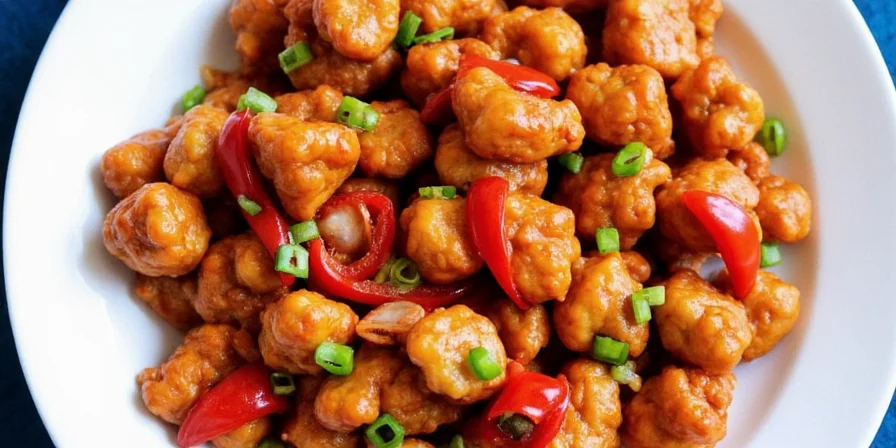
Pro Tips: How to Execute These Pairings Like a Pro
Now that you have the pairings, here are some insider tips to ensure your experiments go off without a hitch:
- Balancing Heat: Start small with spicy elements and adjust to taste. Not everyone can handle intense heat!
- Toasting Spices: Toast dry spices in a pan before use to enhance their aromatics. Don’t burn them, though!
- Layering Flavors: Marinate chicken first, then season again before cooking, and finish with a final sprinkle.
- Use Acidic Components: A splash of lime juice or vinegar helps brighten up heavier spice profiles.
- Pair with Cooling Elements: Think cucumber slaw, yogurt raita, or coconut milk sauces to counterbalance heat.
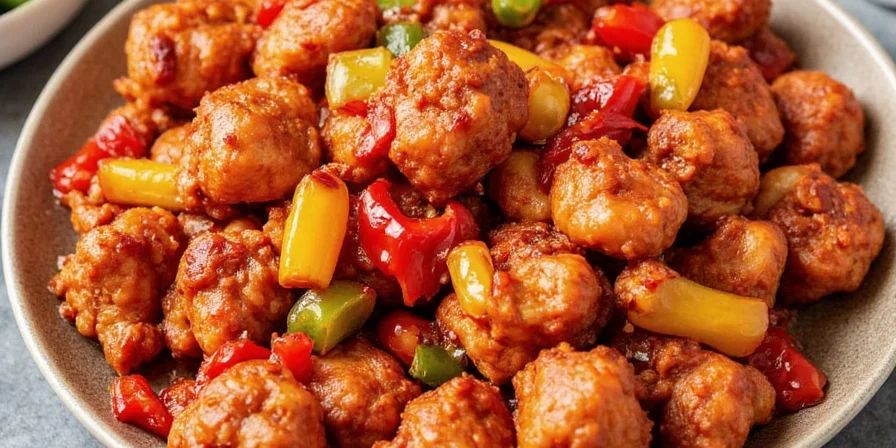
Bonus: Flavor Profile Comparison Table
| Spice Pairing | Flavor Profile | Best Cooking Method | Complementary Ingredients |
|---|---|---|---|
| Lemongrass + Thai Bird Chili | Fresh, Citrusy, Medium Heat | Stir-fry, Sauté | Jasmine Rice, Lime Wedge |
| Black Cardamom + Cinnamon | Smoky, Sweet, Rich | Slow Cook, Braise | Root Vegetables, Noodles |
| Sumac + Aleppo Pepper | Tangy, Mild Heat | Sear, Sauté | Yogurt, Pickles |
| Turmeric + Garam Masala | Earthy, Warming | Marinate, Stir-fry | Coconut Milk, Naan |
| Paprika + Juniper Berries | Smoky, Herbal | Roast, Pan Fry | Mushrooms, Potatoes |
| Bergamot Zest + Star Anise | Floral, Licorice | Infuse, Garnish | White Wine, Broth |
| Miso Paste + Black Garlic | Umami, Savory | Glaze, Brush On | Ramen, Steamed Buns |
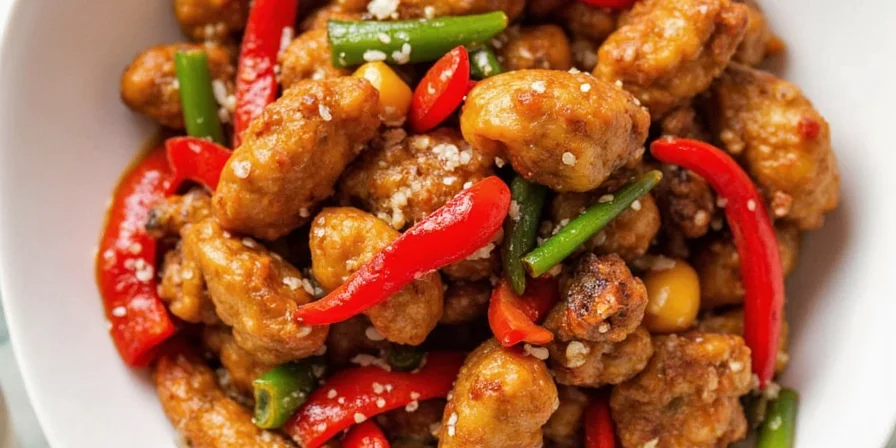
FAQ: Common Questions About Spicing Up Your Chicken
Can I use dried herbs instead of fresh ones?
Yes, but use them sparingly—dried herbs are often more concentrated than fresh ones.
Are all these spices available at my local grocery store?
You may need to visit an Asian market or specialty spice shop for some items like black cardamom or Aleppo pepper.
How do I know which spices to avoid mixing?
Generally, stick to spices that share similar flavor profiles. If you're unsure, test in small batches first.
What if I’m not good with heat?
No worries! You can always start with less spice and build gradually. Also, using dairy or acid helps tone down the spiciness.
Final Thoughts: Let the Spice Experiment Begin!
The beauty of hot pepper chicken Chinese is that it doesn’t have to be static. With a few tweaks, you can turn a familiar dish into a global culinary adventure. Whether you’re cooking for your family or hosting a dinner party, these innovative spice pairings will take your meals to the next level.
Remember, cooking is all about experimentation. Don’t be afraid to swap, combine, or even invent your own spice pairings. After all, food is one of the most joyful forms of creativity—and now you’ve got seven awesome starting points.
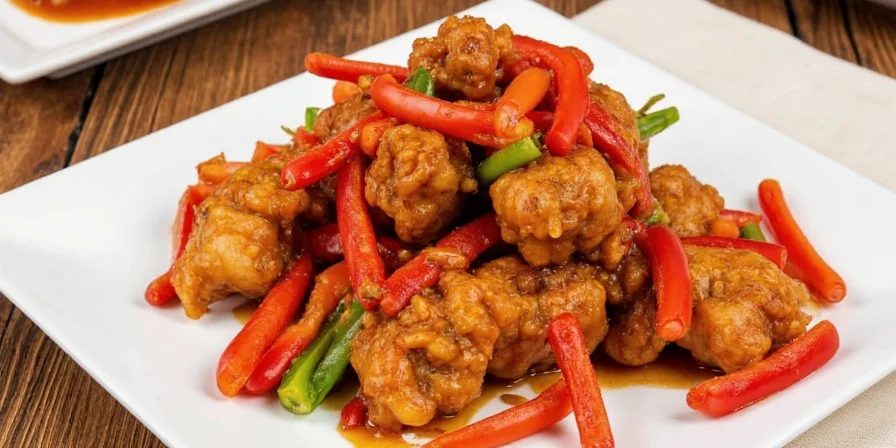
So go ahead—grab your wok, stock up on spices, and let the flavor fireworks begin!

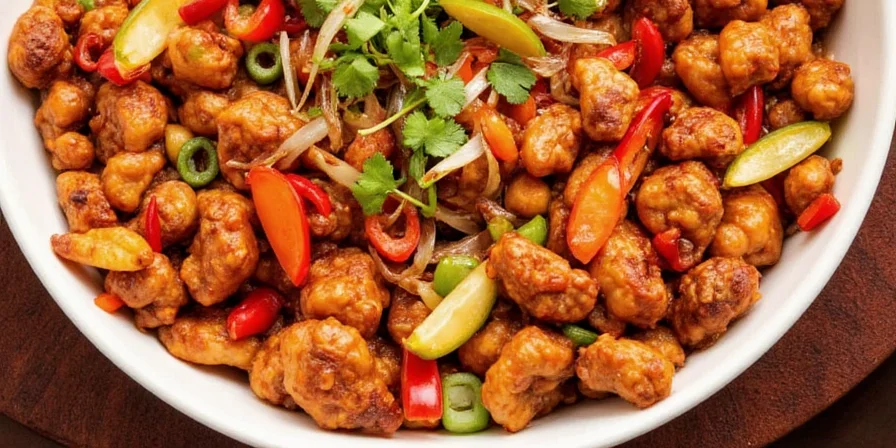









 浙公网安备
33010002000092号
浙公网安备
33010002000092号 浙B2-20120091-4
浙B2-20120091-4